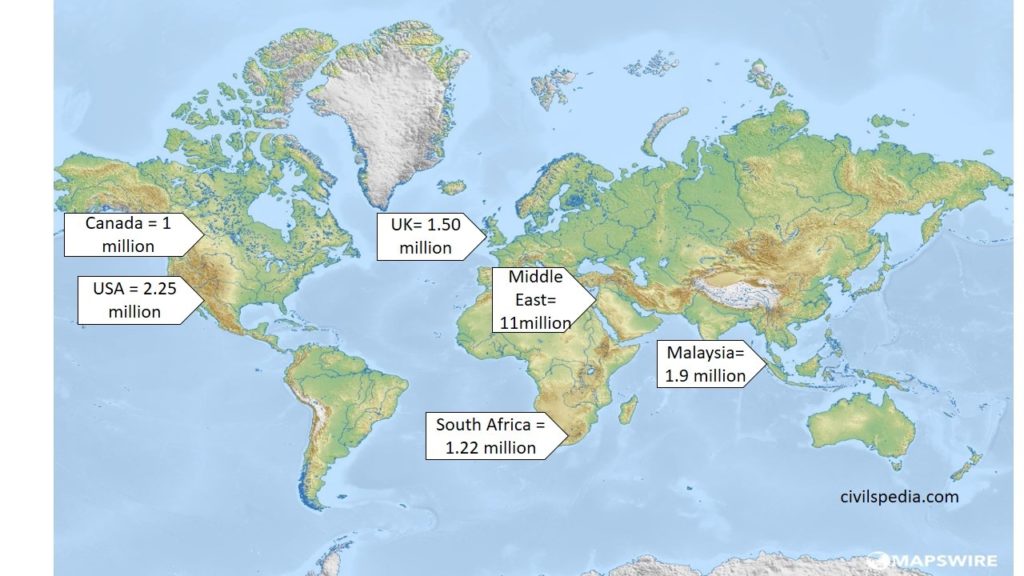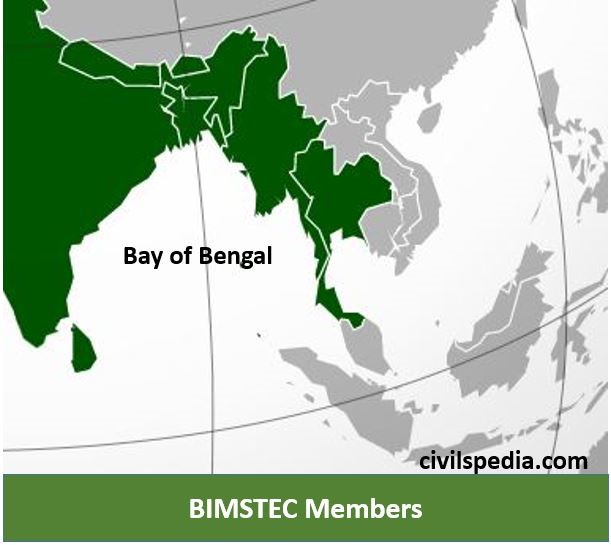Tribal Consolidation
In this article , we will look deal with topic titled ‘Tribal Consolidation in India after Independence.’
Phases
At the time of Independence, Tribal Consolidation was one of the major Issue . Tribes were very important because already we were suffering the issue of Territorial Integration and Tribal areas constituted substantial area of India’s territory.
Phase 1 : Pre British
- Policy of Non-Interference
- Tribals were following their own customary laws and traditions and were self sufficient remaining isolated from the outside world .
Phase 2 : British Rule
Radical Transformation happened
- Traditional Livelihood suffered due to invasion of colonial machinery and Dikus. Britishers forced them to abandon Jhum Agriculture and practice Settled Agriculture
- Culture : Forest wasn’t just their source of livelihood but part of their culture as well + Christian Missionaries trying to convert them to Christianity
- Relation with forest altered : Britishers were interested in the wood and due to this they passed various Forest Laws making it illegal for Tribals to gather resources or cut wood from these forests
Phase 3 : Post Independence
At time of Independence, there were majorly two approaches wrt Tribals in India ie Isolationist approach and Assimilationist approach . However, Nehru rejected both these approaches as isolation is not desirable
Different approaches
| Isolation |
- By Verrier Elwin
- Just leave them on their own as they were before advent of British rule
|
| Assimilation |
- By GS Ghurye
- Tribals are just backward hindus who need to be assimilated in Hindu fold
|
| Integration |
- Envisaged in Tribal Panchsheel Policy by JL Nehru
- Nehru rejected both of the above approaches as isolation is not desirable and assimilation would lead to loss of social and cultural identity of tribals . Hence he gave the Panchsheel policy
- Tribal should develop along the line of their own genious
- Tribal rights in land and forest should be respected
- Promotion of tribal languages
- No over administration
- Tribal assistance should be seeked in managing polity and administration
- To give effect to the Panchsheel policy, following provisions were introduced
- Reservation of seats for Tribals
- Setting up of Tribal Advisory Councils
- Commissioner for STs was appointed to investigate whether the safeguards provided to them are properly observed or not
- Provision of 5th and 6th Schedule
- Article 46 : State should promote with special care the educational and economic interest of Tribal People and should protect them from social injustice and exploitation
- PESA (Panchayat (Extension to Scheduled Areas) Act)
- Forest Right Act , 2006
|
Side Topic : Forest Right Act, 2006
- It is a framework to ensure local self governance
- It guarantees following rights (TURFm)
-
-
-
- Title Rights : the right in the land is granted to STs and the people who are residing there for 75 years but don’t have documents (maximum 4 hectare)
- Right of use of resources. Eg : Minor Forest Produce (honey, herbs etc) , Common Property Resource etc
- Relief and Developmental Rights : in case of any displacement of tribals , proper relief packages should be given
- Forest Management Rights
- Issues wrt Forest Right Act
-
-
-
- Task of documenting the claims of communities is very tedious
- Reluctance on the part of bureaucracy
- Narrow interpretation of the law
- Opposition from wildlife conservationists
- Way forward
-
-
- Political will should be there
- Devolution of fund, functions and functionaries
- Awareness among the tribals about their rights
Issues wrt Tribals
Irrespective of Government efforts , Tribal progress has remained dismal due to
- weak execution of policies and ineffectiveness of state government in administering the policies
- misappropriation of funds
- ineffective functioning of Tribal Advisory Council
- lack of awareness among tribals wrt their rights and entitlements
- evasion of laws
- Deforestation
- neglect of primary education in tribal languages
- emergence of class differences among tribes due to unequal distribution of benefits of affirmative action
- Retreatment of tribals into inaccessible stretches due to loss of land, culture , forest rights etc
Xaxa Committee
- The Committee was setup in 2013 to study socio-economic, health and educational status of tribals and also to suggest policy initiatives and interventions for tribal upliftment
- Following are the suggestions
-
-
- Gram Sabha’s power needs to be increased wrt land alienation
- Mining rights needs to be given to the tribal cooperatives (eg : Andra Model of Tribal Cooperatives for Mining)
- Unused land should be acquired and used for tribal rehabilitation
- Impose penalties on officials for delayed implementation of FRA or PESA
- Appoint judicial commissions to investigate Naxal cases against tribals and their supporters
- Instead of large dams, small sized water harvesting should be created
|



